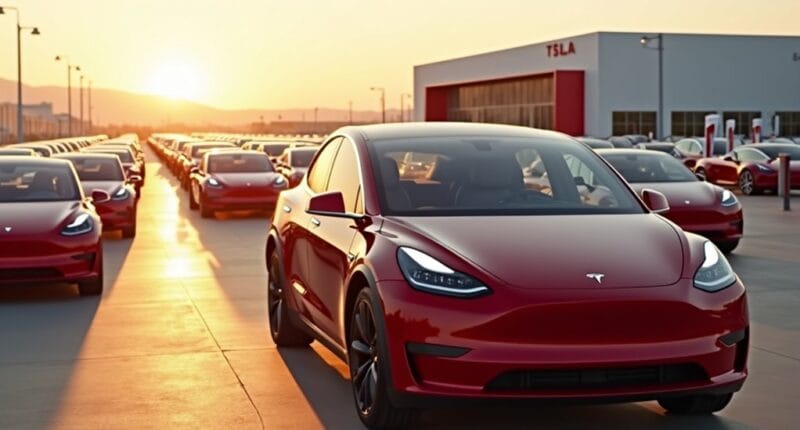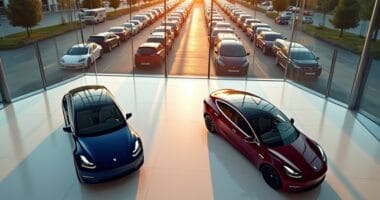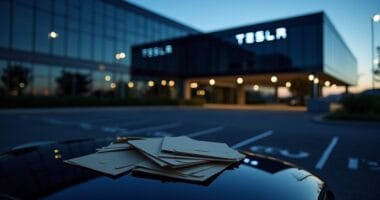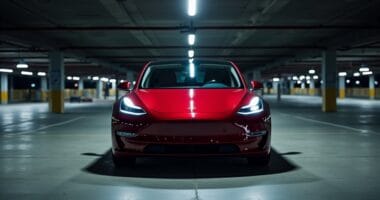Tesla blocked lease buyouts in 2019, claiming returned vehicles would join a promised fleet of one million robotaxis by 2020. That never happened. Instead, the company quietly flipped these 314,000 lease returns for profit, adding pricey upgrades like $15,000 Full Self-Driving software before reselling them at premium prices. By November 2024, facing a softening market and declining revenues, Tesla finally reversed course. The whole robotaxi story gets even more interesting.
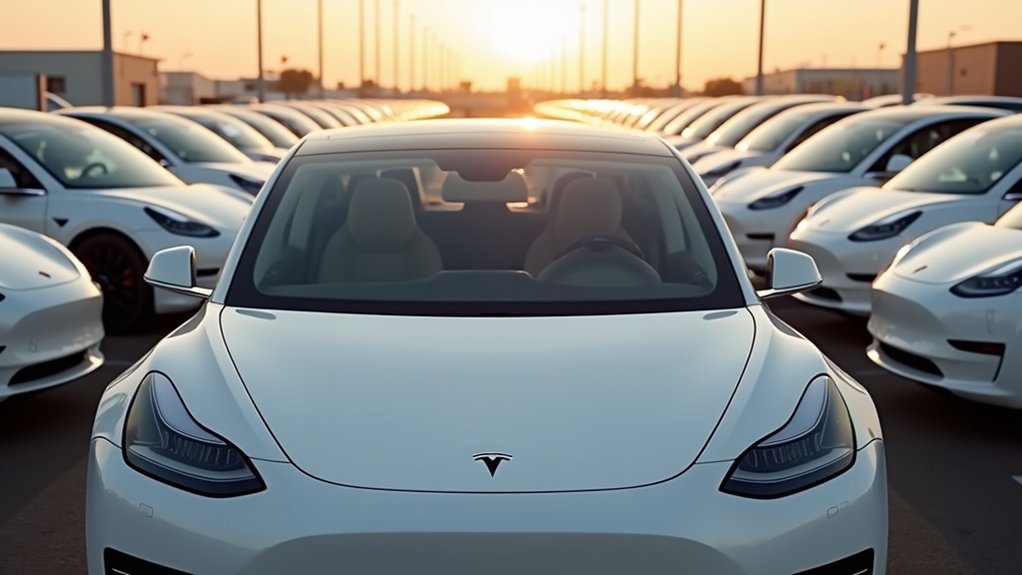
In a move that would make used car dealers blush, Tesla blocked customers from buying their leased vehicles – all while CEO Elon Musk promised those same cars would join a massive robotaxi fleet.
The company’s 2019 lease policy claimed returned vehicles were destined for an autonomous ride-hailing network that would deploy “over 1 million robotaxis” by 2020.
Spoiler alert: those robotaxis never materialized.
Despite grand promises of a million-strong autonomous fleet, Tesla’s robotaxi revolution remained firmly in the realm of fantasy.
Instead, Tesla found a more profitable use for those lease returns.
The company simply flipped them – adding expensive software upgrades like the $15,000 “Full Self-Driving” package and $2,000 “acceleration boost” features before reselling them at premium prices.
These upgrades helped Tesla squeeze maximum profit from each returned vehicle, often at prices well above what original lessees would have paid to buy out their contracts.
The strategy worked brilliantly while used EV prices were hot.
Tesla maintained tight control over its pre-owned inventory while frustrated lessees watched their familiar vehicles return to market with fancy new features and inflated price tags.
But market conditions have a way of forcing even the most stubborn hands.
The policy affected more than 314,000 leased vehicles globally since its implementation in 2019.
By November 2024, facing a softening used EV market and declining demand, Tesla finally reversed course.
The Model Y AWD became available for buyout at $33,251 before taxes, though this price exceeded market rates for comparable vehicles.
The company quietly announced that U.S. customers could now purchase their vehicles at lease-end – just like every other normal car company has always allowed.
The timing wasn’t coincidental: Tesla’s Q1 2025 revenues had plunged 20% year-over-year to $13.97 billion.
The whole episode left a bitter taste for many Tesla lessees who’d been fed the robotaxi story.
After analyzing their operating profit margins, Tesla realized they needed to adapt their strategy to maintain financial health.
They’d been blocked from buying cars they’d driven for years, only to watch Tesla flip those same vehicles for profit.
Now, with used EV prices dropping and Wall Street analysts issuing cautious “Hold” ratings, Tesla’s lease policy matches industry standards.
Funny how market realities can turn even the most ambitious robotaxi dreams into plain old used car sales.
